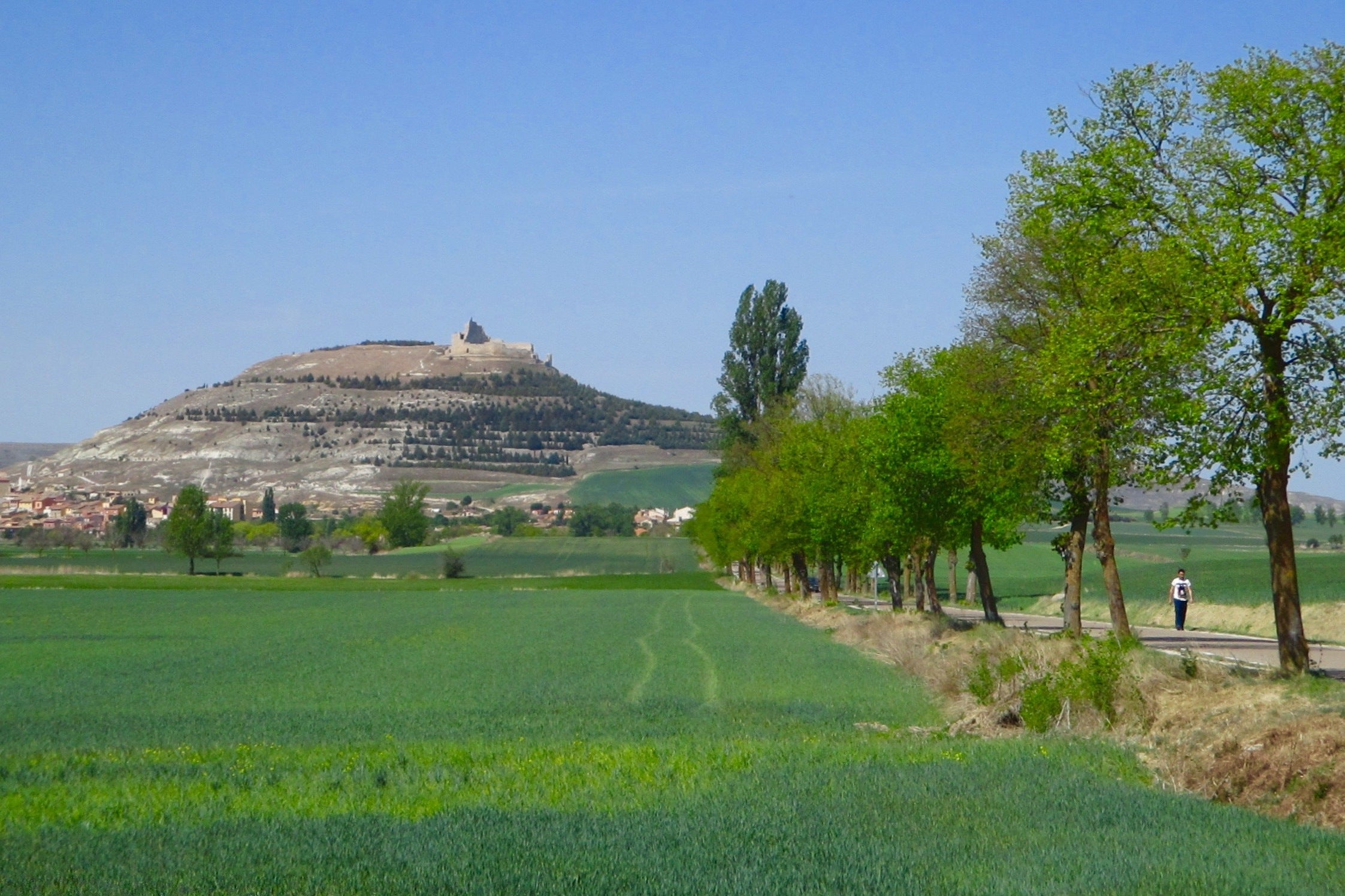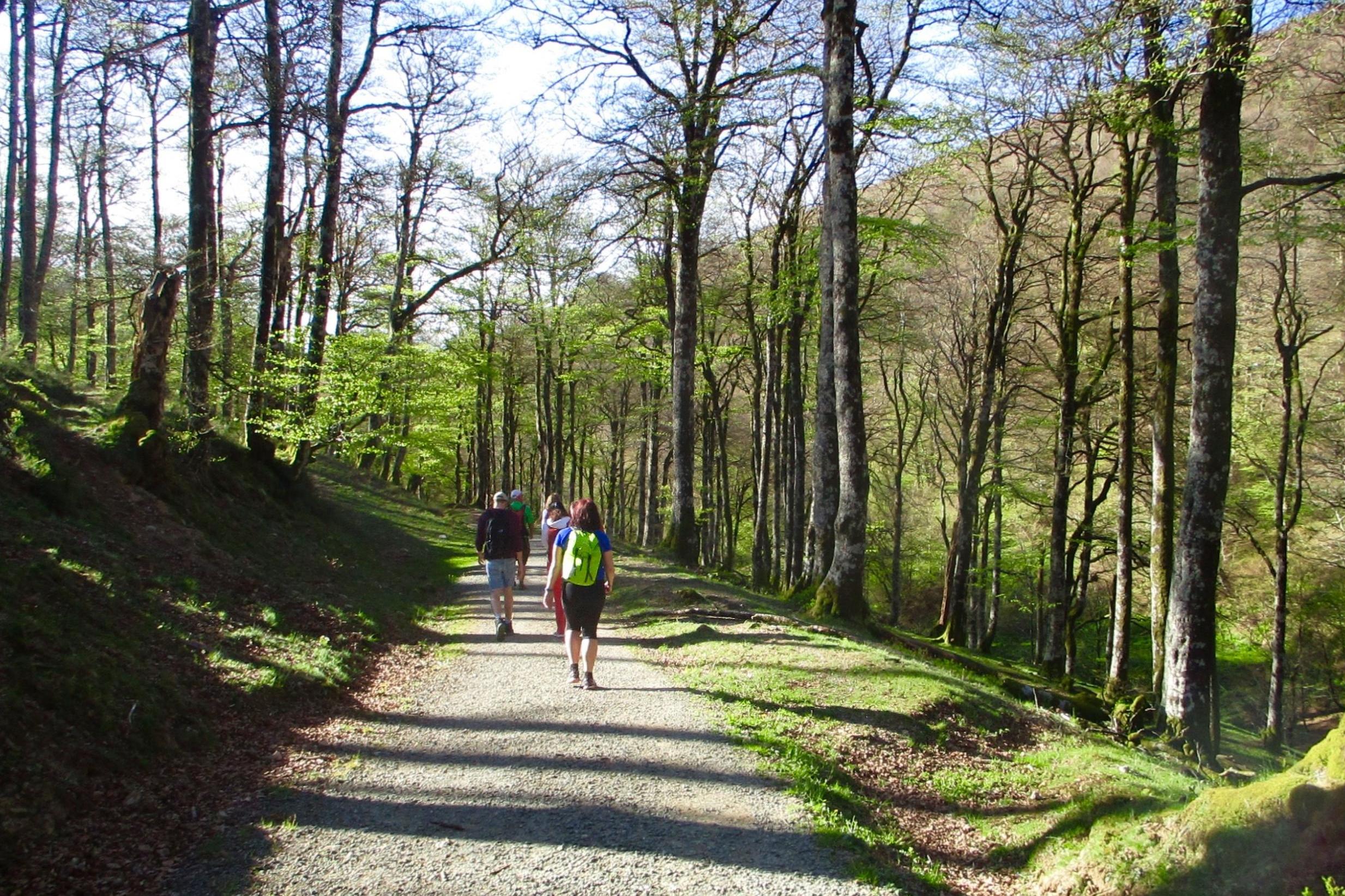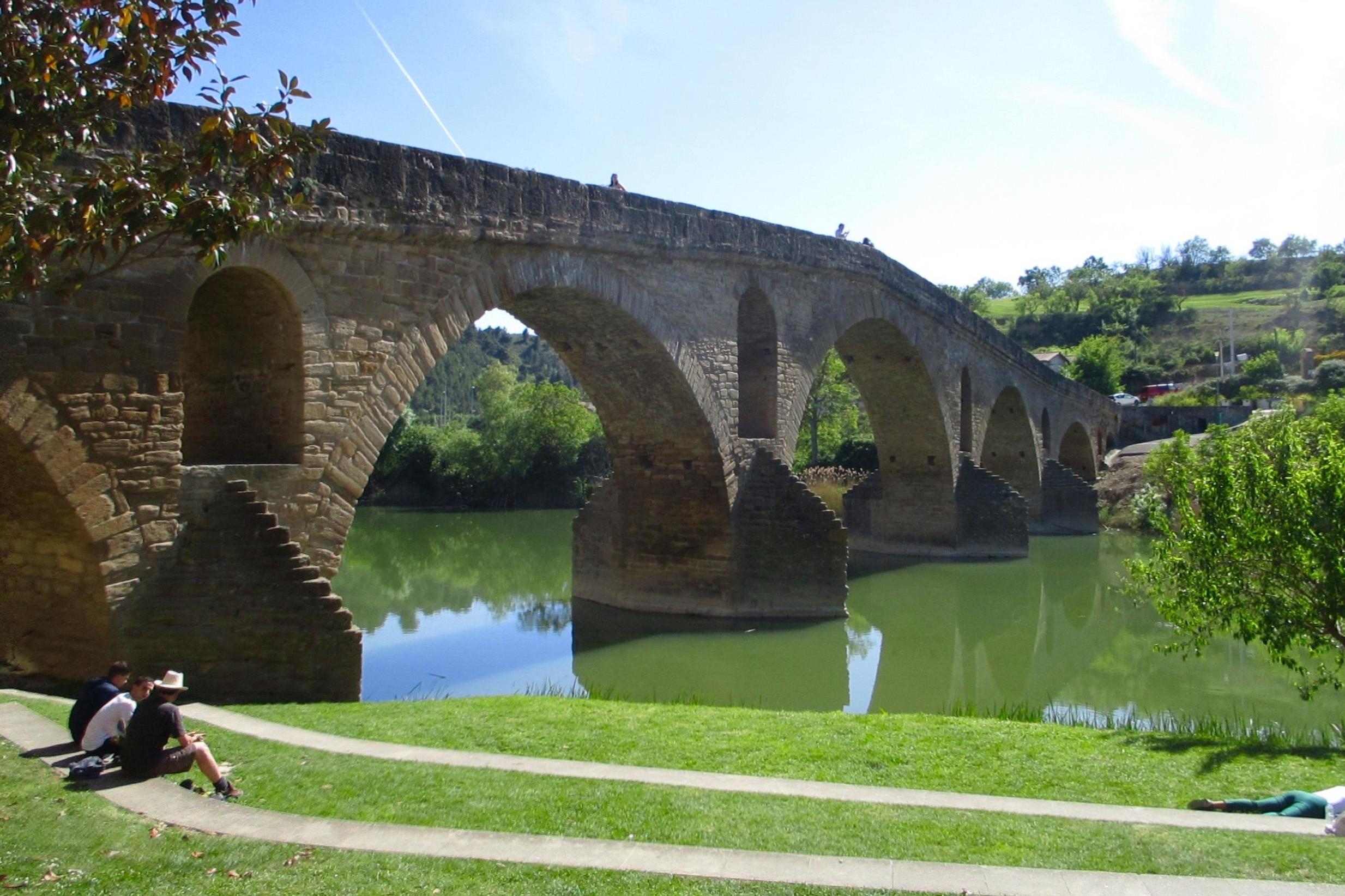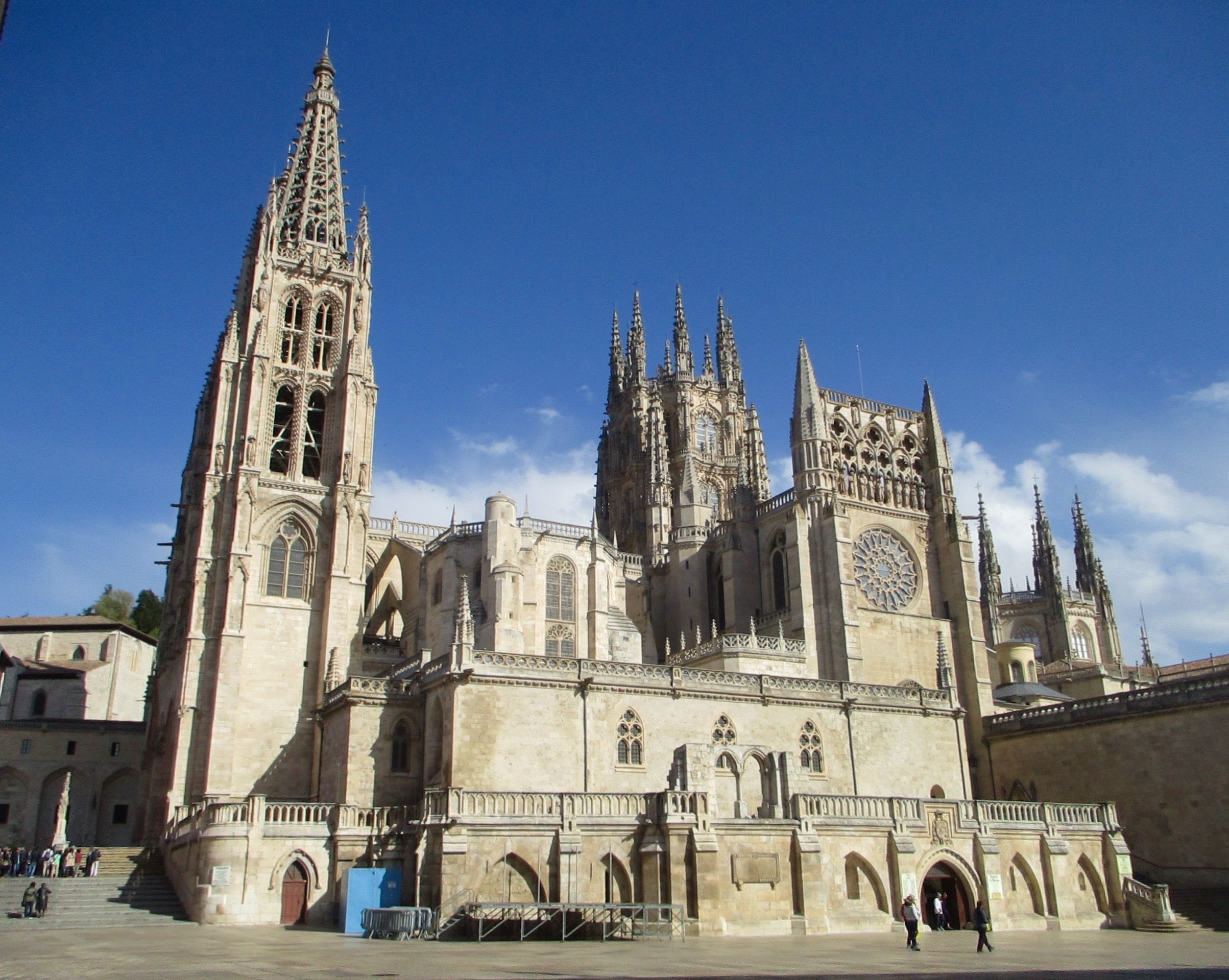The Independent's journalism is supported by our readers. When you purchase through links on our site, we may earn commission.
Camino de Santiago: How to walk Spain’s famous pilgrimage trail without roughing it
Yes, it is possible to take on a 500-mile pilgrimage and stay in boutique hotels without sacrificing the spirit of it

I have always wanted to walk the Camino to Santiago de Compostela but, as a single woman of increasing age and girth – and decreasing time and funds – how would I do it?
I wanted the whole caboodle of the Camino, but with a few home comforts; a kind of “pilgrimage lite” if you will, with a proper bed, hot bath and quality, local cuisine thrown in for good measure.
Dublin-based travel agency Follow The Camino offered me a way to discover the famous walk without having to rough it.
The trip combines boutique hotels, quality restaurants, castles and churches without losing the essence of El Camino – the walking, the solitary contemplation and the ever-changing countryside. Better still, they whisked us through the less interesting sections by minibus and carried our luggage from place to place.
“Camino” usually translates as a “path” or “road”, but it can also mean “a journey”. This particular path leads to the tomb of St James in Santiago de Compostela, where the remains of the disciple were enshrined after his martyrdom in 44 AD. This pilgrimage way has been walked by thousands for centuries, and eight main routes to Santiago have developed.
We walked and drove along the entire length of the most popular route, the Camino Francés, which starts in France at St Jean Pied de Port, crosses the Pyrenees, passes along the north of Spain through the Basque country, Navarre, Rioja, Castilla y Leon and Galicia before reaching Santiago de Compostela. Normally, this route of 490 miles would take around 32 days to walk, averaging 15 miles a day. We did it all in one week.
As the Camino is about finding oneself and enjoying the silence and solitude, how would it be on a group trip?
“May is the start of the Camino season and August is very sociable at the refugios. If you want to do it alone, winter is best,” says Alberto Bosque, from the regional government of Castilla y Leon.
“The best way to walk the Camino is alone,” says Carolin our guide. However, the Camino is no longer a solitary, deserted path to enlightenment. Some 300,000 pilgrims walk it each year, usually on foot but also by bike, car and even horse.

We fly to Biarritz and then drive to the French town of St Jean Pied de Port, the traditional starting point for the Camino Francés. We collect our Pilgrim Passports, to be stamped at hostels, restaurants and churches along the way. Pilgrims must prove they’ve walked at least 100km (62 miles) to qualify for the Compostela certificate on arriving at Santiago.
With cheery shouts of “Buen Camino!” – a phrase I hear hundreds of times during the week – we set off with the scallop shell symbol of the Camino dangling from our rucksacks.
The way passes through many different landscapes: the snow-capped Pyrenees, the Meseta (Spain’s central plateau), wild, deserted hills, dense eucalyptus forests and damp, green Galicia, which recalls Kent. The food and drink alters as we progress; we enjoy great hams in Navarre, beefy red wines in Rioja, pintxos in Logroño and octopus in Galicia.
There are many different reasons for walking the Camino. “Seventy per cent of people don’t do it for religious reasons,” says Bosque. “Many people do it and don’t know why. They start with one idea about the Camino and then change along the way.”

Pilgrims progress at varying speeds, too. “Everyone is on their own personal journey. It doesn’t matter how fast or slow you go, it’s not a race,” says Elsa Veringa, a Dutch lady I meet at the lovely sandstone village of Castrojeriz. We climb up to the Sierra del Perdon on a 1,039m-high ridge, with an amazing view of the countryside below.
The Camino offers up many magnificent buildings; I’m blown away by the awe-inducing yet delicate masonry of Burgos Catedral de Santa Maria, built in 1221 and the resting place of Castilian nobleman and military leader El Cid. Leon, meanwhile, boasts a stunning cathedral and Antoni Gaudi’s Casa de los Botines in the heart of the old town. Another lesser-known Gaudi building, the Episcopal Palace, can be found in Astorga.
In the mountains near Manjarin, the treeless hills are covered in purple heather and yellow gorse; I feel as if I am in the Scottish Highlands, although I can see the snow-capped Pyrenees in the distance. We arrive at the Iron Cross (Cruz de Ferro) at the top of Monte Irago, the highest point on the Camino, at an elevation of 1,515m above sea level. It’s traditional to throw a stone, brought from the starting point, with the pilgrim’s back to the cross, to symbolise the journey.

At Sarria in Galicia, 100km from Santiago, things start to get crowded – 1,000 pilgrims a day pour through the town. Those who want the certificate can start from here and still qualify, something that Spanish students are keen to do to impress future employers. Three Spanish girls, dressed in bright red trousers and T-shirts, resemble a pop group on tour; they are dancing and singing, full of energy, while others at this stage limp along, propped up by their companions.
Mass at Santiago Cathedral is a moving experience, even for those who aren’t religious. I sit in the great Unesco World Heritage building, watching the 53kg botafumeiro (incense burner) smoking and swinging through the nave, and find tears are streaming down my cheeks.
A kind of fuzzy, warm glow hovers over the Camino, and all shopkeepers, waiters and bar tenders along the way are very friendly and kind. “The Camino is the very first itinerary in the history of tourism,” says Bosque.
I walked most of our sections of the Camino alone, and indeed had moments of revelation and awe. I am determined to walk it “properly” one day, and now I will know how, all thanks to my “pilgrimage lite”.
Travel essentials
Lucy travelled with followthecamino.com, which offers nine routes to Santiago with accommodation, transfers and maps included. Guided groups start from €750 (£680) per week with self-guided from €430, not including flights.
The nearest airport to St Jean Pied de Port is Biarritz, 25 minutes’ drive away. Easyjet (easyjet.com), Ryanair (ryanair.com) and British Airways (ba.com) all offer direct flights from the UK.
Join our commenting forum
Join thought-provoking conversations, follow other Independent readers and see their replies
Comments